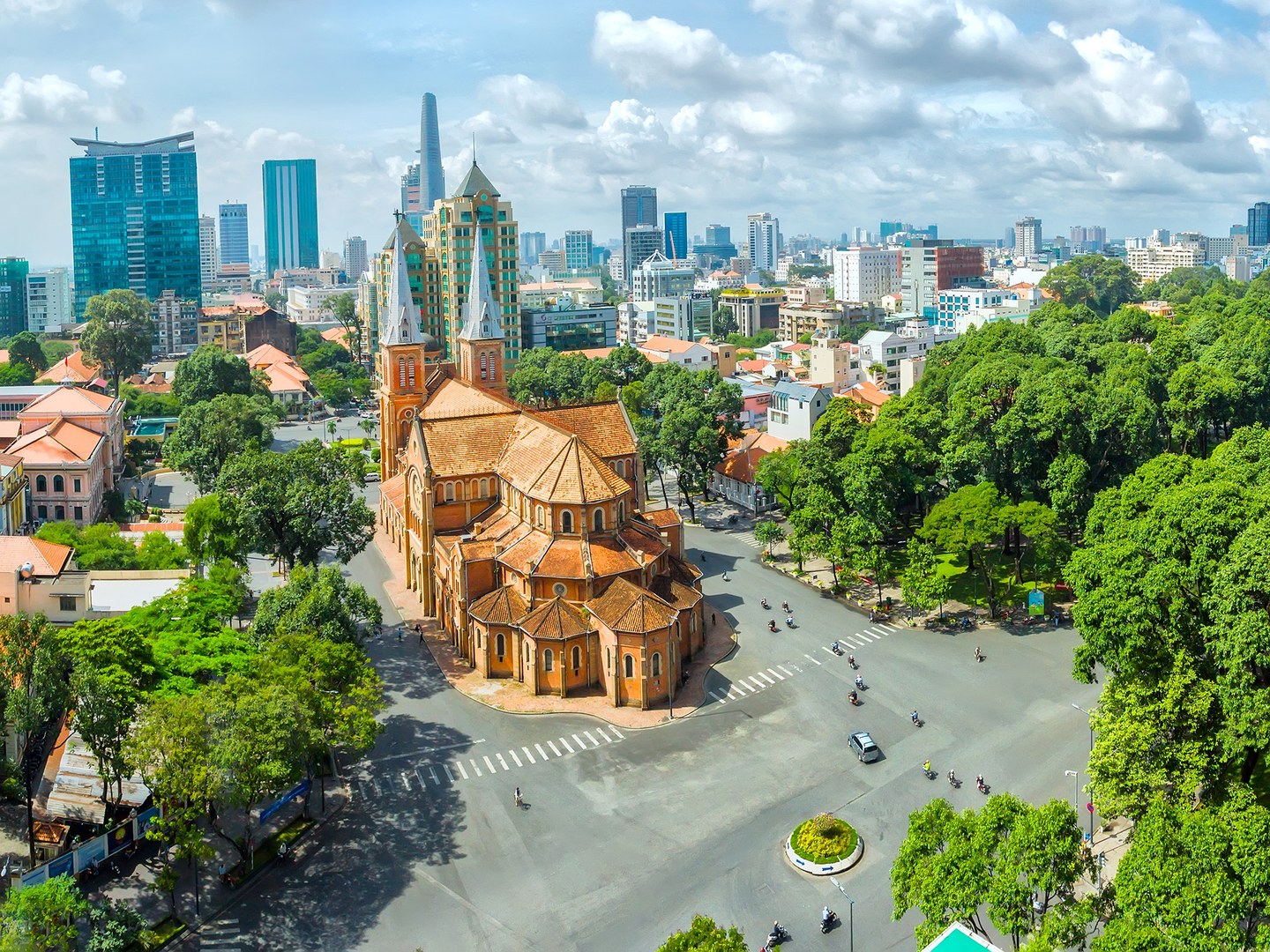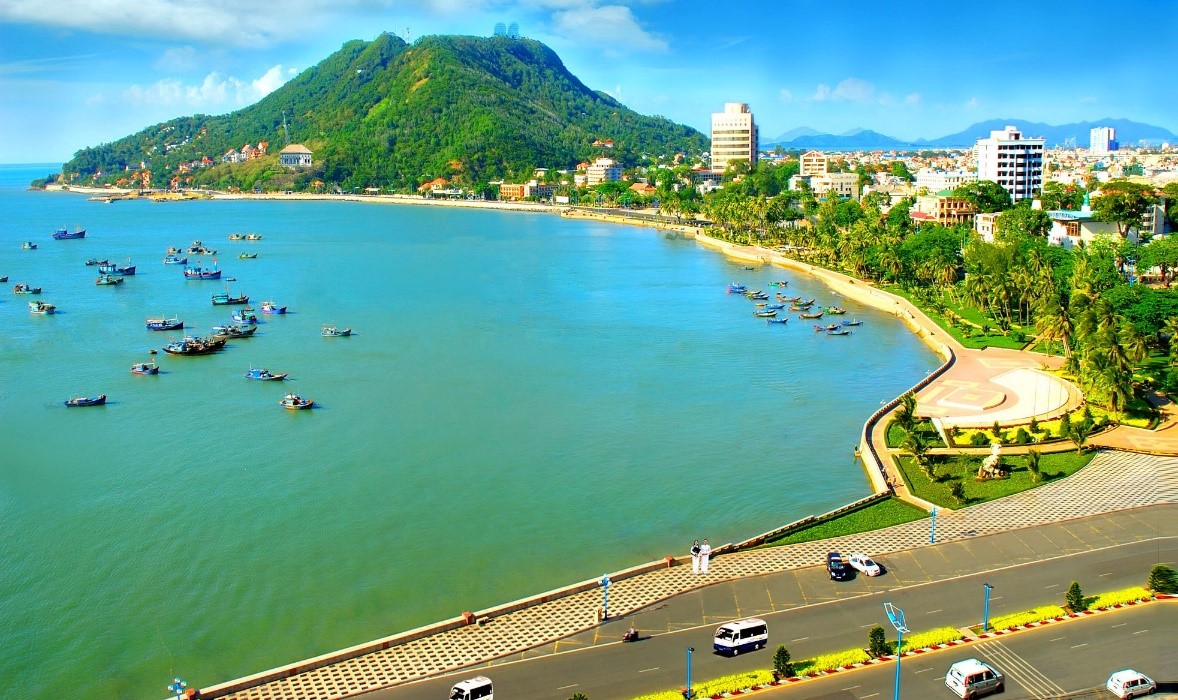Vietnam Economy
Vietnam Economy

1. Vietnam's economy in the war
During the period of 1945-1975, Vietnam was divided into two regions with two different governments. In the North, the authority government was the Democratic Republic of Vietnam and the direction of economic developing was socialist-oriented and planned economy.
In the South, government of the Republic of Vietnam held administrative power and developed a market economyin capitalist direction. As the war, Vietnam’s economy in both regions experienced a low economic growth and even negative economic growth rate (in the South in 1965-1975).
2. Vietnam's economy after the war
After the war, the Northern and Southern Vietnam were unified as one state: the Socialist Republic of Vietnam. In 1978, Vietnamese government issued new currency of Vietnam Dong (VND), unified financial market of the North and the South. Socialist planned economy played dominant role in the economy.
Government held a decisive part in the national economy. Family economy and collective economy were encouraged while capitalist economy was restrained. Foreign trade and assistance were mainly depended on Soviet Union and its socialist allies. Unfortunately, the economy still dominated by small-scale production, low labor productivity and lacked of modern technology. Vietnam’s economy at that time faced an unexpected situation of stagnation and hyperinflation. Inflation evenreached the peak rate of 453.5% in the year of 1986.
3. Vietnam's economy since reform in 1986

In December 1986, the 6th congress of the Communist Party of Vietnam was taken place. At the congress, delegates reached consensus on a reforming program. Since 1986, Doi Moi (Reform) has been launched in economy, politics and society. Beside state and collective sectors in economy, private and foreign sectors are recognized.
However, of course, state sector plays dominant role in the economy. In Doi Moi, Vietnamese government has implemented a transition from planned economy to market economy under the control of government. Vietnamese government also issued many policies to open domestic market, expend and enhance commercial relationship with other countries as well as promote foreign investment.
Structure of Vietnam’s economy involves three main sectors: (I) agriculture, forestry and aquaculture; (II) industry and construction; (III) service. According to research of the General Statistic Office of Vietnam, by 2010, industry and construction sector is accounted for 41.10% of GDP while service sector contributed 38.32%. Vietnam is on the shift of economy’s structure from an economy with dominant role of agriculture to an economy with central role of industry and construction sector. In other words, it’s the process of industrializing and modernizing national economy in particular and the whole country in general.
Vietnam’s Gross domestic product (GDP) in the first quarter of 2023 was estimated to increase by 3.32% over the same period last year, only higher than the 3.21% growth rate of the first quarter of 2020 in the period 2011-2023. In which, agriculture, forestry and fishery increased by 2.52%, contributing 8.85% to the overall growth; industry and construction decreased by 0.4%, decreased by 4.76%; service sector increased by 6.79%, contributed 95.91%.




